Dr. Rafael Rosell Discusses the Efficacy of KRAS G12C Inhibitor in Lung Cancer Treatment

5 August 2024
Dr. Rafael Rosell, principal investigator of the KROCUS study, and Institute of Oncology Dr. Rosell (IOR), Dexeus University Hospital, Barcelona discusses advancements in the treatment of non-small cell lung cancer with the KRAS G12C mutation in this interview. The encouraging results from the KROCUS study, presented at the ASCO meeting, highlighted an 81.8% objective response rate. Dr. Rosell analyzed the efficacy and safety profile of the oral combination therapy of fulzerasib and cetuximab, and answered our questions about its impact.
Could you provide us with an overview of the KROCUS study and its main objectives?
Dr. Rosell: The KROCUS study is a clinical trial focusing on treating non-small cell lung cancer (NSCLC) patients with the KRAS G12C mutation, who haven’t received prior treatment. This study uses a combination therapy involving an oral drug that selectively targets the most common KRAS mutation in NSCLC.
Click the picture to view the PDF version: Pg 7-12.
Previously, the first generation of oral inhibitors for KRAS G12C showed a res-ponse rate of 30-40%, but the duration of response and progression-free survival were typically short, less than six months. This limited effectiveness is partly due to tumors rapidly becoming resistant to treatment, often through compensatory pathways that involve growth factors like the epidermal growth factor re-ceptor (EGFR).
In the KROCUS study, we combined a specific KRAS inhibitor with an old, well-established mo-noclonal antibody drug used for over 20 years, aiming to block EGFR activation. The treatment regimen was simple and patient-friendly, involving oral pills twice daily and an intravenous infusion every two weeks.
The primary objective was to see if we could significantly increase the response rate, hypothesizing it could reach up to 80%. We designed the study to include 40 patients, and the accrual was rapid due to the high need for effective treatments in this patient group. Remarkably, the response rate actually exceeded our goal, hitting 81-82%. This result was very satisfying for clinical investigators, as they observed rapid and impressive responses through imaging scans.
Moreover, the combination therapy was extremely well tolerated, with patients experiencing minimal side effects, mainly mild skin reactions. This excellent tolerance contrasts with the inhibitors of KRAS g12c as monotherapy in the previously treated patients, and the current stan-dard of care, which, despite their efficacy, often came with considerable side effects. The success of this study has brought new hope to patients and excitement among medical oncologists, given the efficacy and tolerability of this innovative treatment approach.
The recent results from the ASCO 2024 presentation showed an impressive 81.8% objective response rate with Fulzerasib. What does this figure signify in the context of Non-small-cell lung cancer (NSCLC), treatment?
Dr. Rosell: When discussing response rates in cancer treatments, particularly for lung cancer, it’s vital to understand what terms like 70% or 80% response rate actually mean. A response rate indicates a significant reduction —over 30%—in both primary and metastatic tumor sizes. For example, if 20 pa-tients are treated and a 50% response rate is reported, it means that half of those patients show a substantial reduction in tumor size. Particularly in lung cancer, achieving an 80% res-ponse rate is profoundly impactful.
Notably, in our study, about 32.5% of patients had brain metastases at the start of the treatment, which is particularly challenging as brain metastases usually correlate with poor survival and quality of life. Impressively, 70% of these patients showed a res-ponse without the need for brain irradiation.
The combination therapy demonstrated in study shows a high response rate of around 81-82% and is not only radiologically significant but also improves patient well-being, making it a promi-sing treatment. However, a longer follow-up is required to fully understand the long-term benefits.
Fulzerasib represents a significant advancement in the treatment of KRAS G12C-mutated NSCLC. How does this treatment differ from other KRAS inhibitors in use?
Dr. Rosell: Despite the advancements in treatments for other mutations, addressing KRAS mutations, which were discovered in 1982, proved challenging. It took decades of research by thousands of groups before viable treatments began emerging. It was only about three years ago that we saw the first generation of clinical trials yielding tangible results, though not as robust as hoped.
Currently, the pharmaceutical landscape is evolving with various generations of drugs designed to target these mutations more effectively. There are over 15 drugs under clinical trial, indicative of the burgeoning research and development in this field. These newer drugs are not just evaluated for their efficacy but also for their chemical properties and tolerability, ensuring they improve patient quality of life with minimal side effects.
The combination of Fulzerasib and cetuximab demonstrated a 100% disease control rate. Can you elaborate on the importance of this finding for patient care?
Dr. Rosell: In discussing cancer treatments, it’s clear that while we have promising drugs, relying on a single treatment often leads to the tumors developing resistance. Thus, combinations, such as those involving cetuximab, are essential, though not the sole solution, since cancer treatment isn’t one-dimensional. The complexity of cancer, particularly with evolving tumors, necessitates a multifaceted treatment approach that adapts over time.
Specifically for KRAS mutations, which were long challenging to target, the development of multiple inhibitors is a positive advancement. These are not in competition with each other but are part of a broader arsenal that enhances patient outcomes by offering various options that can be tailored to different stages of disease progression.
The integration of these drugs into treatment regimes, especially those well-tolerated and easy to administer like cetuximab—which has been used for over 20 years in treating other cancers—shows significant promise. The ability to combine the-se new KRAS inhibitors with established treatments can potentially prolong survival significantly, not indefinitely, but notably. This was evidenced in the KROCUS study, where we observed promising response rates and anticipate longer durations of response with these combinations, although exact timelines remain to be confirmed.
Ultimately, the development of such treatments must continue to be rigorously tested in large-scale studies to ensure their efficacy and safety are fully validated and recognized by medical societies and health authorities. This ongoing research and validation are crucial for integrating new therapies into standard cancer treatment protocols, offering renewed hope and potentially better outcomes for patients.
Can you discuss the safety profile observed in the KROCUS study, especially in comparison to traditional treatments for NSCLC?
Dr. Rosell: In discussing the evolution of cancer treatments, particularly the shift from traditional chemotherapy to oral treatments, it’s evident that newer therapies are generally less toxic. Chemotherapy, while effective, has been associated with severe side effects like nausea, vomiting, significant weight loss, and gastrointestinal issues.
In contrast, the oral treatments we’ve been studying show substantially lower toxicity levels. For instance, the most common side effects we observed were minor skin rashes and some itching, which are relatively mild and often go unnoticed by patients.
During our clinical trials, the close monitoring of patients in hospital settings allowed for an in-depth assessment of these effects. At ASCO, we presented data showing that the side effects related to our new oral inhibitor, referred to in the study as ‘a magic bullet’ were negligible.
Specifically, no patients discontinued treatment due to fulzerasib related adverse event (AE). 5 (12.1%) patients experienced dose reduction or interruption due to fulzerasib related AEs. This excellent tolerability has been a very positive surprise for both the medical team and the patients, reaffirming our belief in the potential of this combination therapy to manage cancer with minimal discomfort for the patients.
With Fulzerasib now moving towards a Phase III trial, what are the next steps, and what will this trial aim to establish?
Dr. Rosell: A global clinical trial, such as the one we are discussing, involves considerable effort and coordination, especially with around 400 patients from both Western and Eastern countries. The experimental arm of this trial tests a new therapy, against the current standard of care. The standard of care generally involves treating patients with chemotherapy combined with immune checkpoint inhibitors, a groundbreaking advancement in cancer medicine introduced around 2017.
In our study, if a patient progresses on the standard treatment, ethical guidelines allow them to switch to the experimental therapy, ensuring they have access to potentially more effective options.
Similarly, if patients on the new treatment show disease progression, they can revert to the standard of care. This approach not only adheres to ethical standards but also allows us to assess the new treatment’s efficacy and tolerability compared to established therapies.
Setting up such a phase three trial requires immense resources and logistics. However, if successful, it could integrate this new treatment into clinical practice, offering patients better outcomes. This process ensures that every step we take is scientifically, medically, and ethically justified, ultimately aiming to enhance patient care in oncology.
About KRAS Mutations
In the landscape of lung cancer treatment, especially adenocarcinoma with KRAS mutations, it’s important to note that until two years ago, there were no specific oral treatments available for this subtype, which affects about 50% of lung adenocarcinoma patients, predominantly those with a history of smoking. In 2022, we saw the introduction of the first oral drugs targeting KRAS mutations, marking a significant advancement though these are relatively new, being less than three years old. The efficacy of these treatments in terms of response rate, duration of response, and progression-free survival is not as robust as those targeting other mutations, such as EGFR mutations, where the response rate reaches 70% and the duration extends beyond two years. Despite this, the introduction of these new therapies is crucial, considering the high incidence of KRAS mutations in lung cancer patients. The current treatment landscape for lung cancer, particularly for those without specific driver mutations, often relies on chemotherapy or monotherapy, where only a minority see substantial benefits from immunotherapy. The ability now to specifically target KRAS mutations orally introduces a new layer of precision medicine, significantly enhancing the therapeutic options available. This breakthrough demands ongoing research to understand and overcome the adaptive mechanisms cancer cells deploy against these new drugs. Our preclinical efforts reveal that while we aim to destroy cancer cells, they rapidly develop resistance, necessitating continuous laboratory studies to uncover and address these survival strategies. This exciting yet challenging frontier requires considerable curiosity and investment to advance our understanding and improve patient outcomes.
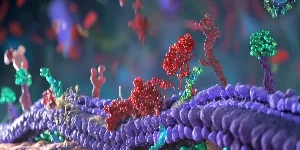
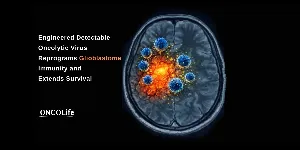
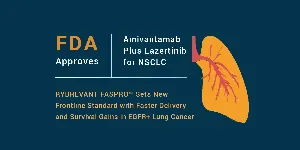
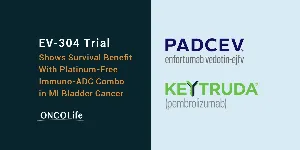

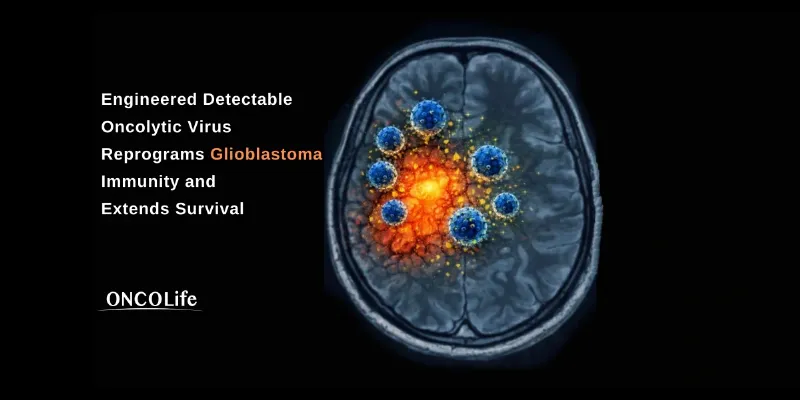
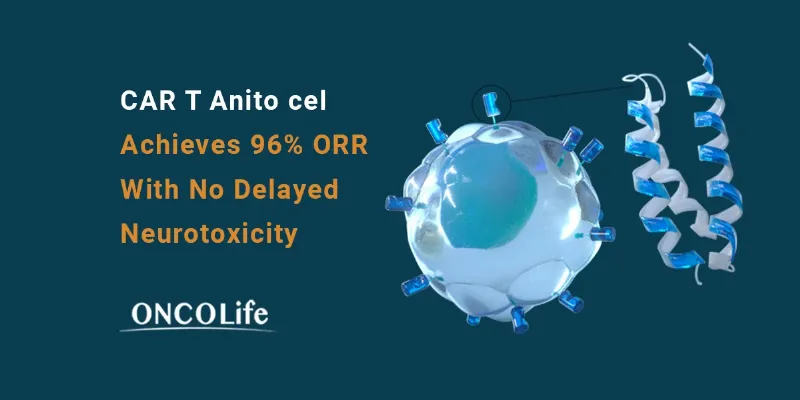
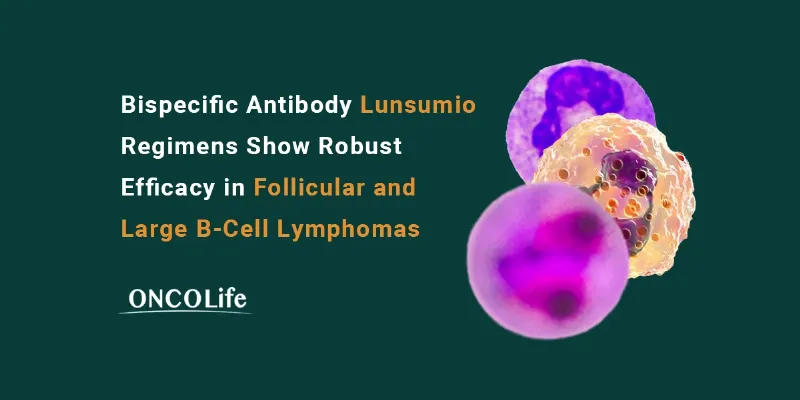
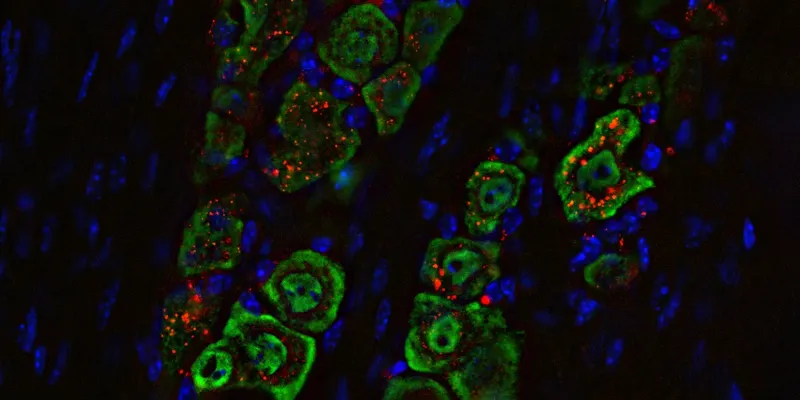

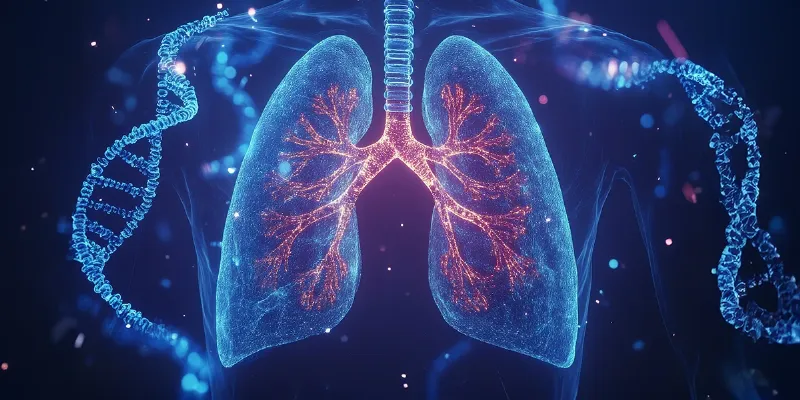
Comments
No Comments Yet!